A Landscape of dunes
Signed lower right
Pastel on paper
25.5 x 39.5 cm
in good condition, very fresh, traces of pinholes in the upper corners barely visible
Framed under glass : 37.5 x 51.5 cm
A magnificent example of how ten Cate takes the best of Impressionist art - and in his art we often think of the works of Eugène Boudin, which he clearly pondered - and moves beyond it to modern art.
With great subtlety, this quasi-abstract composition is enhanced by two almost tiny figurative elements, a woman and child on the right, and a small house on the left.
"A realist, Ten cate pays scrupulous attention to detail, to impressions, to the hustle and bustle of crowds and the solitude of deserted places. We have spoken of variations in tone linked to the time of day and the seasons. Rainy and snowy weather, water and ice are generally chosen by the painter, who uses pastels for this purpose."
Véronique Prest in "Catalogue des pastels du Musée Carnavalet"
Siebe Johannes ten Cate was born in Sneek (Netherlands) on 27 February 1858. His father was mayor of the town
In 1876 Siebe decided to go to the Academy of Fine Arts in The Hague and, after graduating, continued his studies in Antwerp and Brussels. At the age of twenty-two, he settled in Paris and opened his own studio.
Soon, he found himself influenced by impressionism.
He made frequent trips for inspiration, visiting England, Scandinavia, Switzerland, North Africa and North America. However, his home remained 65 rue de Malte in Paris, where he lived with his cats and dog. Ten Cate led a secluded life and devoted himself to an impressive body of work in which landscapes and cityscapes are most often immersed in an atmosphere of rain and snow.
He exhibited frequently, notably at the Salon d'Automne, but his works were not as well appreciated in the Netherlands as in France so, although he made numerous visits, he never returned there.
The French press was unstinting in its praise for ten Cate. He was called, for example, ‘the new Jongkind’. After his death, an English newspaper ran the headline ‘Sad End of a Genius’.
Museums and galleries in France began to take an interest in Siebe ten Cate's work in the 1890s.
The Louvre bought no fewer than four paintings from him, and the Musée Carnavalet even bought a good twenty. Art dealers such as Durand-Ruel and Ambroise Vollard exhibited ten Cate in their galleries alongside famous Impressionists.As a result, ten Cate became friends with Alfred Sisley, Camille Pissaro and Vincent van Gogh. Van Gogh described Ten Cate as "a very neat man, completely dressed in black cloth".
His paintings and pastels were exhibited at the Salon d'Automne alongside those of Jean-Baptiste Corot.
His favorite subjects were landscapes, city and harbor views, often populated with figures. Le Havre was one of his favorite locations. He also made some etchings and lithographs.
He died on a Paris street from a sudden attack of "congestion". Later, there would be unsubstantiated rumors that he died of starvation, or was shot by a rival artist. For many years, his work was neglected in the Netherlands. A major retrospective was held at the Fries Scheepvaart Museum in 2012.
Unjustly forgotten for a time, he has fortunately regained the favour of art lovers, who now see him in his rightful place. His artworks are in different museums : Amsterdam (Rijksmuseum), Paris (Musée Carnavalet, Musée d'Orsay, Fondation Custodia) and Geneva (Petit Palais), Cleveland (Cleveland Museum of Art)























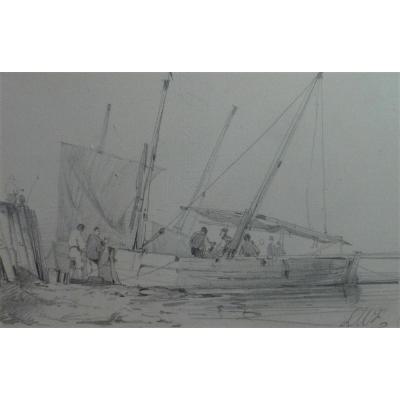
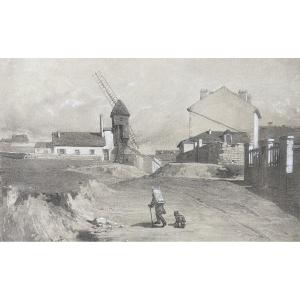

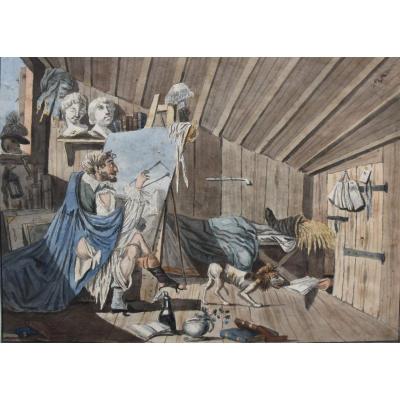
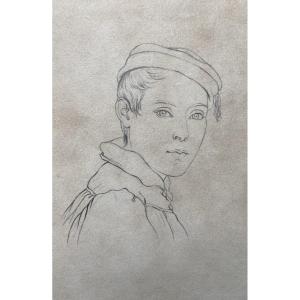
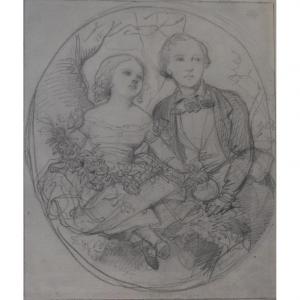
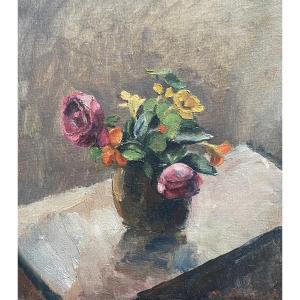
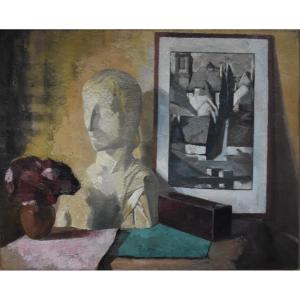
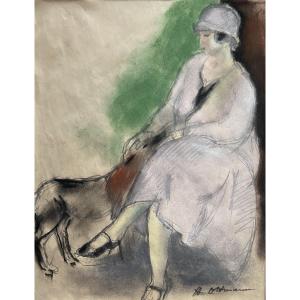
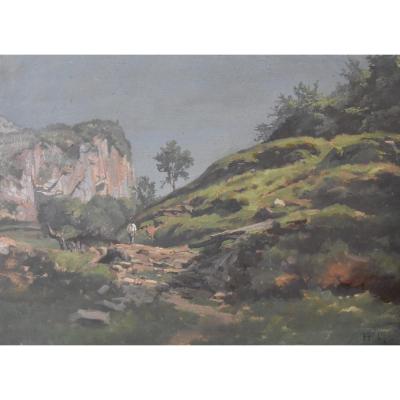
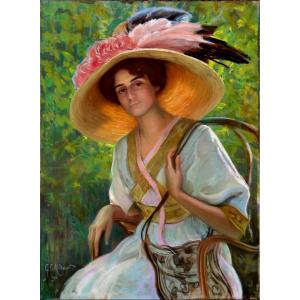
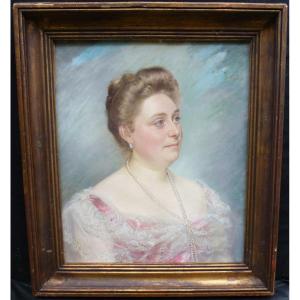






 Le Magazine de PROANTIC
Le Magazine de PROANTIC TRÉSORS Magazine
TRÉSORS Magazine Rivista Artiquariato
Rivista Artiquariato